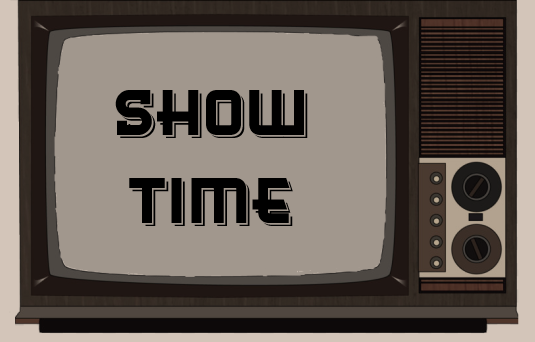THERE WILL BE NO MAJOR SPOILERS OF EITHER SHOW. YOU MAY PROCEED WITHOUT FEAR.
(Author’s note: the below text was taken from a social media post that I wrote in October 2018, when The Good Place’s third season was airing on NBC and before The Blacklist’s sixth season had premiered. I have edited and re-posted here with the Nerds’ permission.)
For the past several years, I’ve been analyzing different aspects of The Blacklist on my social media, calling attention to what I believe are flaws in its plotlines and characterizations.
In April 2018, I happened upon The Good Place on Netflix and absolutely gobbled it up. I watched all of Season 1 in pretty much a single day; Season 2, in a similarly short time frame. Now, I’ve probably seen every Season 1 and Season 2 episode at least five times, and I’ve seen every episode of Season 3 at least twice.
Now, it’s definitely not fair to compare The Blacklist and The Good Place. The former is an hour-long (44 minutes/episode) crime drama procedural that has had 22 or 23 episodes per season for six seasons. The latter is a half-hour (22 minutes/episode) ‘genre’ comedy set in the afterlife that has 13 episodes per season for three seasons.
So, TBL has an approximate 5,808 minute run-time, and TGP’s is approximately 858 minutes.
That means that The Blacklist’s overall runtime is almost SEVEN times the length of The Good Place.
Even so, both of these feature prominent TV actors, including Emmy Award winners James Spader and Ted Danson, respectively; both center on a friendship between a 30-something white woman and a senior-age white man; and both of these are NBC shows.
So, while it might not be exactly fair to compare these two shows, I’m going to do so anyway, because I feel like where the Blacklist struggles, The Good Place shines as a quality television program.
Now, don’t think for an instant that The Blacklist is a completely worthless show or that The Good Place doesn’t have its flaws. There are good and bad aspects of both shows, but I’m going to be comparing the two by focusing on three key things that make a TV show compelling:
- Plot Progression
- Character Interactions
- Character Development
But, before diving into each of those aspects, I’ll first summarize the basic premise of both shows as presented in their respective pilots.
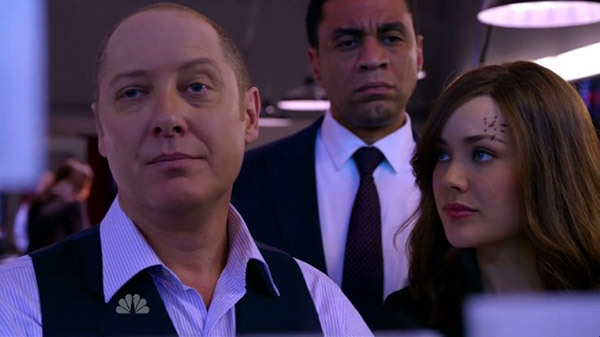
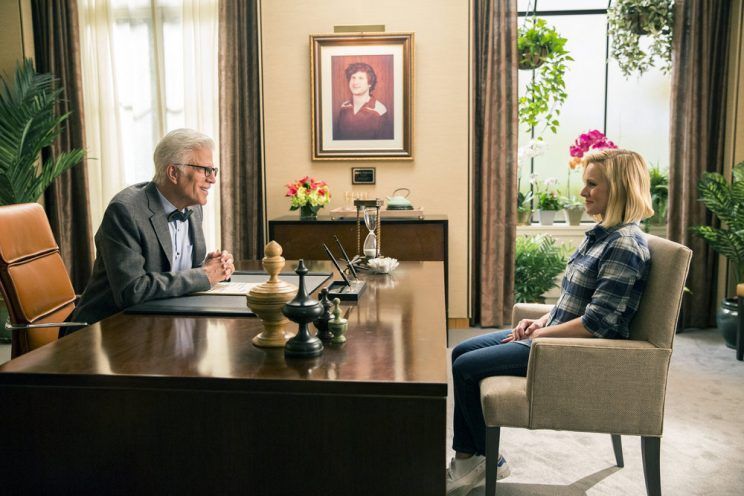
1. PLOT PROGRESSION
Without getting into spoilers, I’ll just say that The Blacklist continually treads water, plot-wise.
Most of the major plot developments/revelations come during a mid-season or season finale, or a season or mid-season premiere. The Blacklist’s plot structure continually revolves around the idea of ‘sweeps week,’ when the network tries to boost its ratings by promising major reveals and developments during certain time frames.
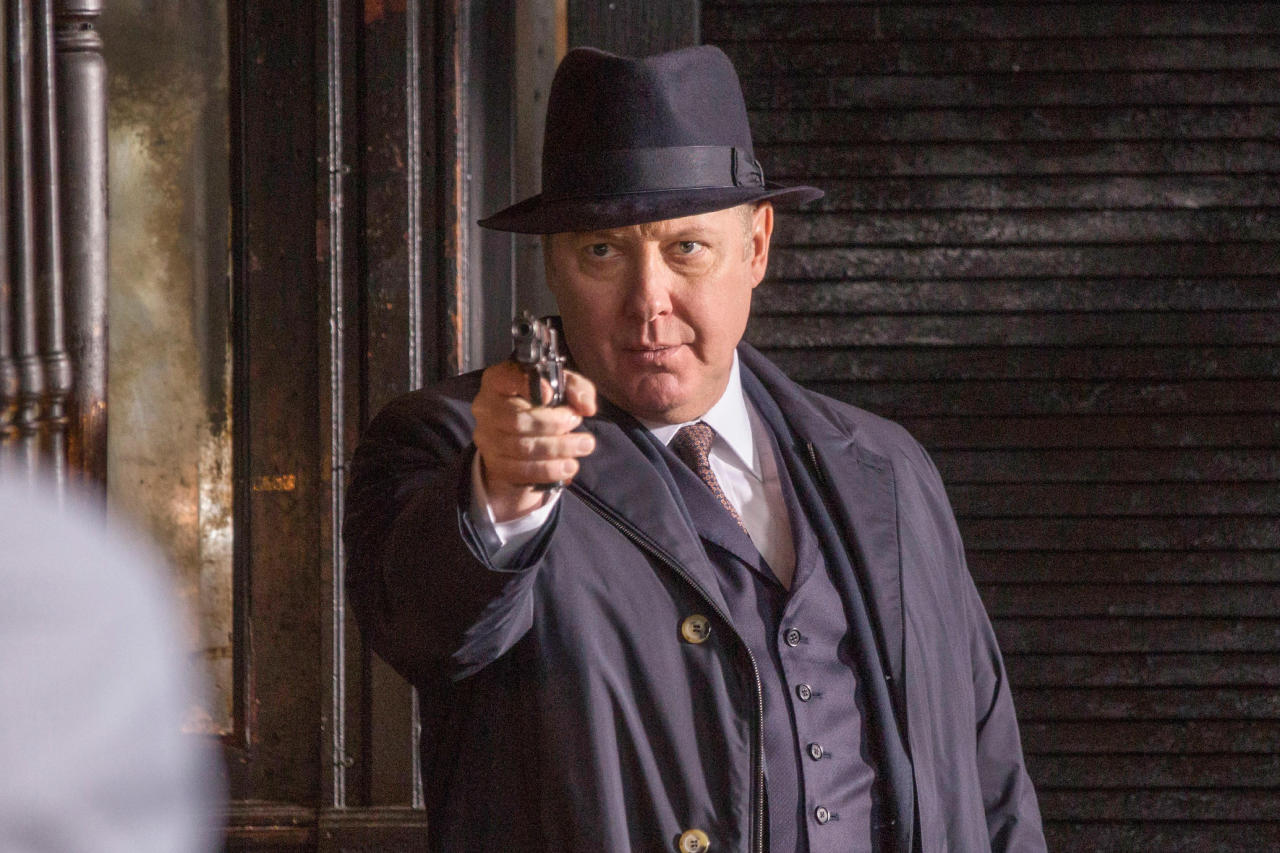
Conversely, the Good Place — according to the show’s creator Mike Schur — centers on the idea of subverting expectations. Based on the pilot’s premise, you might think that, in the finale, that “x” will happen. But, Schur and his writing team focus on trying to make each episode end with a cliffhanger, and doing those big reveals or developments earlier in the season than the audience expects. (It’s one of the reasons why I binge-watched Season 1 in a single day. Those cliffhangers kept hooking me!)
As Schur (or maybe some other writer or exec) said on the Good Place podcast, Episode 2.09 “Best Self,” felt like a season finale in some respects, despite the fact that there were three more episodes left in Season 2.
The Blacklist, IMO, also suffers from overdramatic promotions that sometimes make it seem like each episode is going to have some shocking development. But, to be honest, in many of those cases, you could probably skip the episode and not really miss much (unless it’s a premiere or finale).
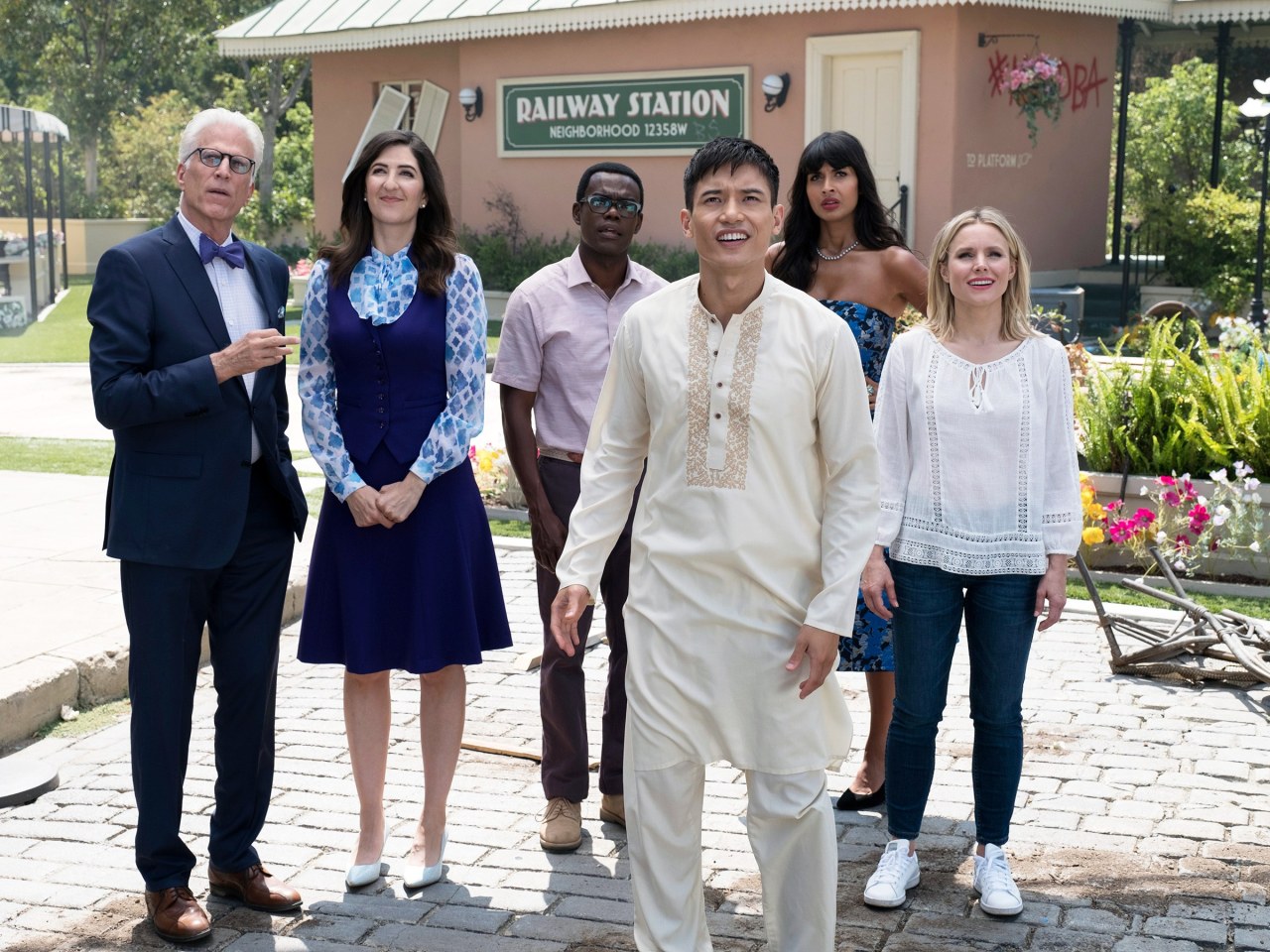
Let me give you a hypothetical scenario to show you what I mean in a way that doesn’t spoil anything: Let’s say both shows decided to kill off a character.
The Blacklist would promote it weeks in advance, teasing that someone was going to die, and everyone would think it was Person X, the seemingly obvious choice, only to overthink it and then believe it’ll be Person Y, a more dramatic choice. But, then it will end up being Person X.
The Good Place, on the other hand, would just go about its business, not doing any kind of overdramatic promotion. People would just be watching the latest episode when Person X dies in a very organic and plot-driven way, and then the episode would end, and everyone would sit there, like, “??????!!!!!!!!”
Also, while I feel like The Blacklist tends to play things safe — very rarely breaking away from the crime drama procedural vibe — The Good Place doesn’t mind taking chances, so long as whatever they’re doing fits within the ‘world’ of the show.
Clearly, whether you’ve seen one, both or neither show, you can seen how one’s plot progression is preferable — as a viewer — to the other. It’s also helpful, I imagine, as a writer, to let the plots unfold organically, as fast or as slow as they need to rather than having to rush them or drag them out to reach a certain point in the season’s schedule.
2. CHARACTER INTERACTIONS
As said above, both shows focus on the connections between its male protagonist and female protagonist. And, while it’s ultimately the female protagonist’s journey, the male protagonist is a guiding force for her — helping her along and pushing her to make decisions, whether good or bad.
(I guess you could argue that Chidi is really The Good Place’s male protagonist, but considering that Ted Danson is more heavily promoted, I’d say it’s really Michael.)
And, for both shows, its two main protagonists are part of a six-person main cast.
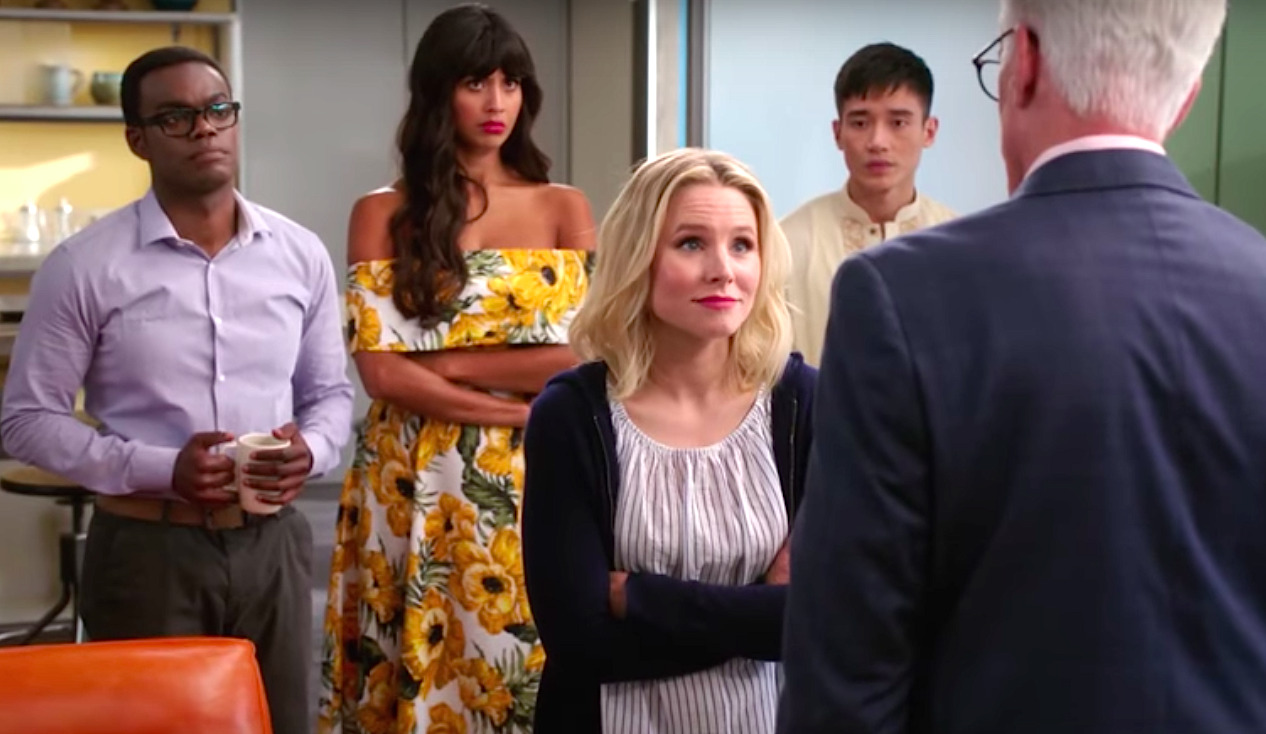
The Blacklist’s cast, as of the beginning of Season 6, is Reddington and Keen, her fellow agents Donald Ressler, Samar Navabi and Aram Mojtabai, and their task force director Harold Cooper.
Now, the Blacklist primarily focuses on the relationship between Reddington and Keen; he doesn’t interact with the other cast members very frequently and Keen’s interactions with them are pretty basic and often work-focused. There aren’t very many crucial interactions between non-Reddington/Keen pairings, especially in more recent seasons of the show. While Seasons 1 and 2 tried its best to have Keen interact with Ressler, Ressler interact with Reddington, Cooper interact with Reddington, Keen interact with Navabi, etc., Seasons 3-5 have more focused on the Reddington/Keen dynamic at the expense of everyone else. In Season 6, the show has tried to correct this by showing more interactions between Keen and Ressler, between Reddington and Cooper, and Aram and Samar. But, still, of any of the six main cast members’ interactions, the Reddington/Keen ones make up the bulk of them from week to week.
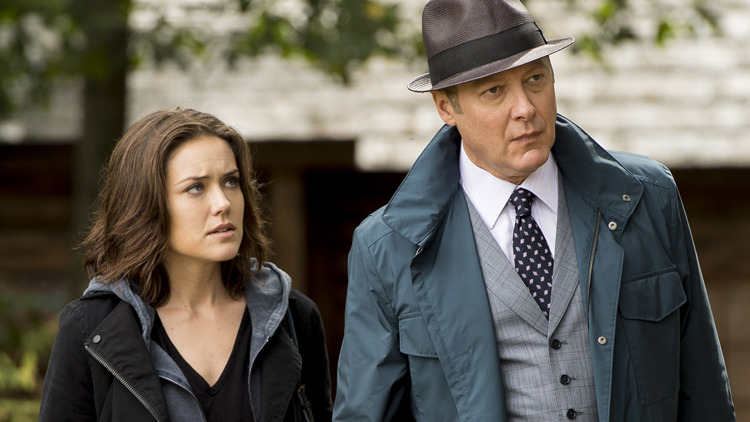
Compare this, though, with The Good Place and its interactions outside of the Eleanor/Michael dynamic.
Throughout different points in all three seasons, we got significant interaction between almost every single possible pairing of characters on this show. (And I mean pairing in a non-romantic sense.)
We see Eleanor’s significant interactions with Chidi, Tahani, Jason and Janet. Michael has important scenes with Chidi and Janet, and some smaller moments with Tahani and Jason. Tahani and Jason’s connection is explored, as is Jason and Janet’s. Chidi and Tahani have an important bonding moments in both Season 1 and Season 3, and even the dynamic between Chidi and Jason is touched on some.
So, while The Blacklist’s cast feels a little separated and almost cliquish, The Good Places’s six castmembers feel like a cohesive team where any two or three characters can be trusted to carry a scene and have an emotional connection/interaction. The former comes off as weak writing and show structuring, while the other is far more preferable to watch.
3. CHARACTER DEVELOPMENT
Now, this is probably my biggest grievance with The Blacklist, even more so than the weird plot structure.
Despite supposedly being major characters, Ressler, Cooper, Samar and Aram get very little in the way of growth or development. I can barely describe them, their personalities, their desires, their moral codes, etc. in maybe a paragraph for each character. And these are people who have been on this show for FIVE EFFING YEARS!!! How is that possible that they’ve gotten so little development in so much screentime?
Again, the show has tried to remedy this throughout Season 6, but it still falls flat (in most instances) both because of the poor execution and the fact that Reddington and Keen have taken up so much of the meaningful screentime for such an extended period of time. These characters have been given the shaft so much in the past, but now we’re supposed to care about them again only because the show tells us we should. Why should we, considering that only now is the show bothering to care about them again?
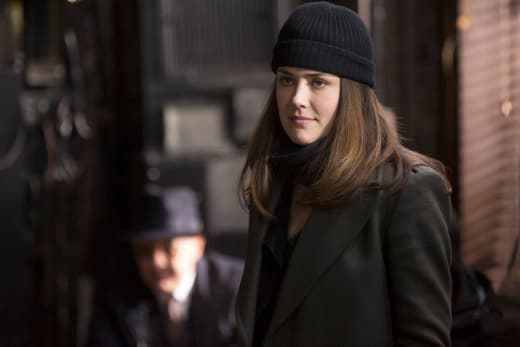
I could definitely describe Jason, Tahani, Chidi and Janet’s personalities, desires, moral codes, etc. in like a page for each character.
Now, granted, I suppose the show’s structure lends itself better to that. The characters have to do a lot of soul-searching so to speak in almost every episode. Whereas, The Blacklist’s cast has to chase down the bad guys and stop some major terrorist threat every time, which takes up at least 20-30 minutes per episode.
Okay, okay. Maybe it’s not fair, considering that TBL clearly doesn’t care about its characters unless they’re Reddington or Keen. So, let’s focus on both show’s two leads and their character arcs.
Let’s look at Reddington’s character development versus Michael’s.
Again, without spoilers, I can’t say much. I’ll only say that Michael’s character development was primarily in Season 2 and it was dramatic. Certain things had to happen plot-wise and the show had to establish other characters’ arcs first, but I think Michael got his character development as quickly as it was organically possible.
Reddington’s, meanwhile, seemed to come more in the latter half of Season 4 after he was confronted by some very difficult demons from his past. And, even after all that happened, he’s still very much the same Red we met at the beginning of the show. Still holding all the cards and keeping important secrets to himself. In Season 6, he had some measure of growth by being willing to reveal some of those secrets, but only once he believed someone already knew about them.
So, while Michael has learned and grown as an individual, Reddington has stayed relatively static in terms of character development. Not to say we haven’t seen different sides of Reddington, what he would do when he faced difficult scenarios… but the Reddington of Seasons 5 and 6 is too much like Reddington in the pilot episode — especially considering how much screentime and emphasis he’s gotten over the Blacklist’s six seasons.
Michael has learned his lessons, for good or bad. Red, still has yet to.
Alright. Now let’s look at Elizabeth Keen versus Eleanor Shellstrop.
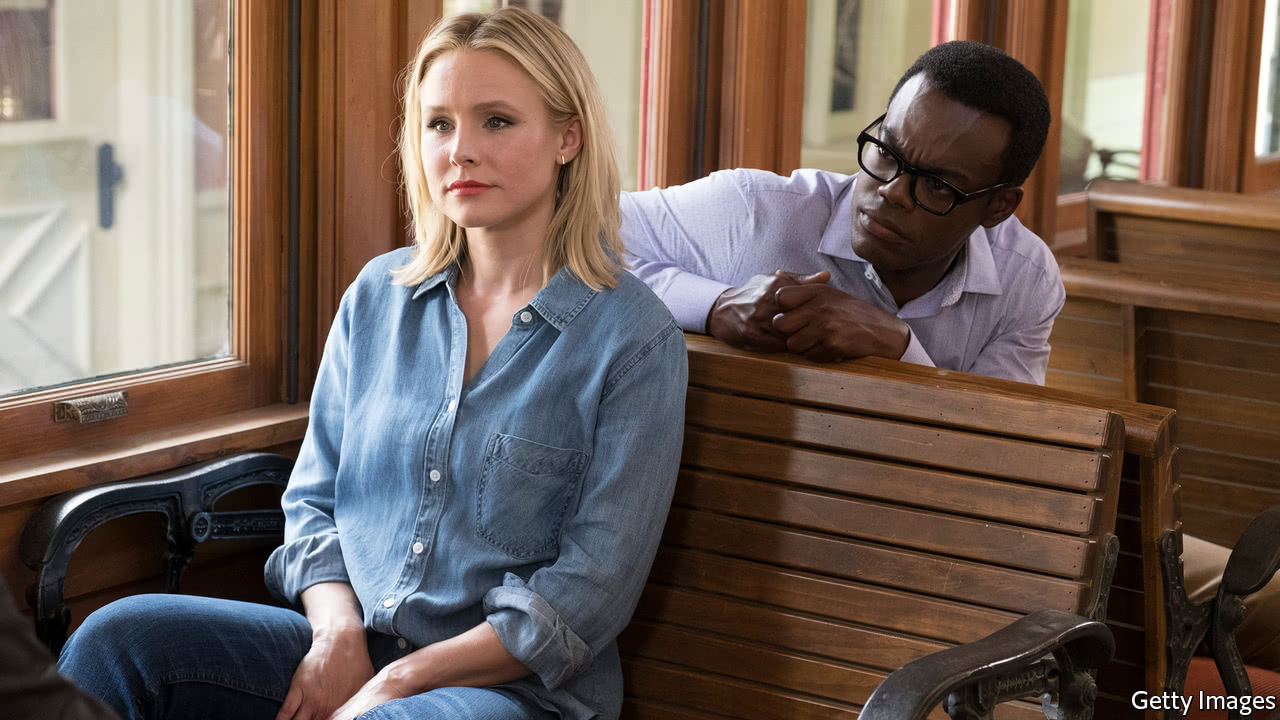
Now, while Eleanor’s character regression fits within the confines of the show — again, trying not to spoil anything, but trust me, it works — Keen’s makes no sense. She’s confronted and overcome various challenges across The Blacklist’s six seasons… so, why hasn’t she learned from them? Why is she still relatively the same, especially considering that x-number of seasons ago, she was so completely different? She might go from happy and bubbly, to dark and gritty, back to happy and bubbly, back to dark and gritty again.
And, despite Eleanor not being a very likable protagonist at the outset, she becomes more likable as the show goes on, thanks to her growth as a character. Conversely, Keen started out as somewhat likable but has become more annoying as the seasons progress and as her character continually regresses.
All in all, to quote (or at least paraphrase) some other The Good Place fan on the internet, “I can’t believe The Good Place literally invented character development.”
TL;DR
Again, just to reiterate, I think there’s good and bad in both shows. But, there’s a reason why I’ve seen every episode of the Good Place so many times and why it’s currently in the top 5 of my All-Time Favorite TV Shows.
The Good Place pushes the envelope by subverting expectations and having major developments earlier in the season than expected; it makes sure that almost every character has significant moments with every other character; and it ensures that each of them has a major character arc that works within the confines of the show.
The Blacklist, by comparison, does what too many other shows on TV do: it treads water plot-wise; it focuses too much on some characters at the expense of others; and even the characters it focuses on don’t show any significant or organic growth.
And, that’s why, IMO, The Blacklist represents everything that’s wrong with television, and The Good Place represents everything that’s right.

